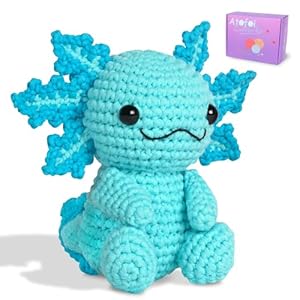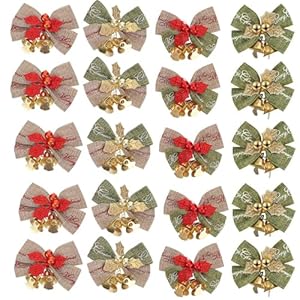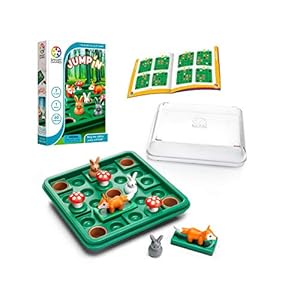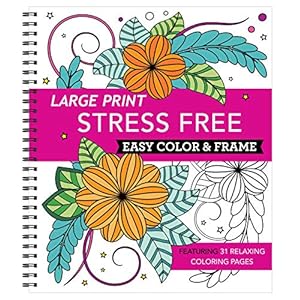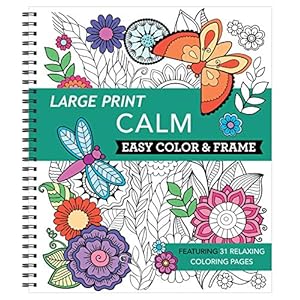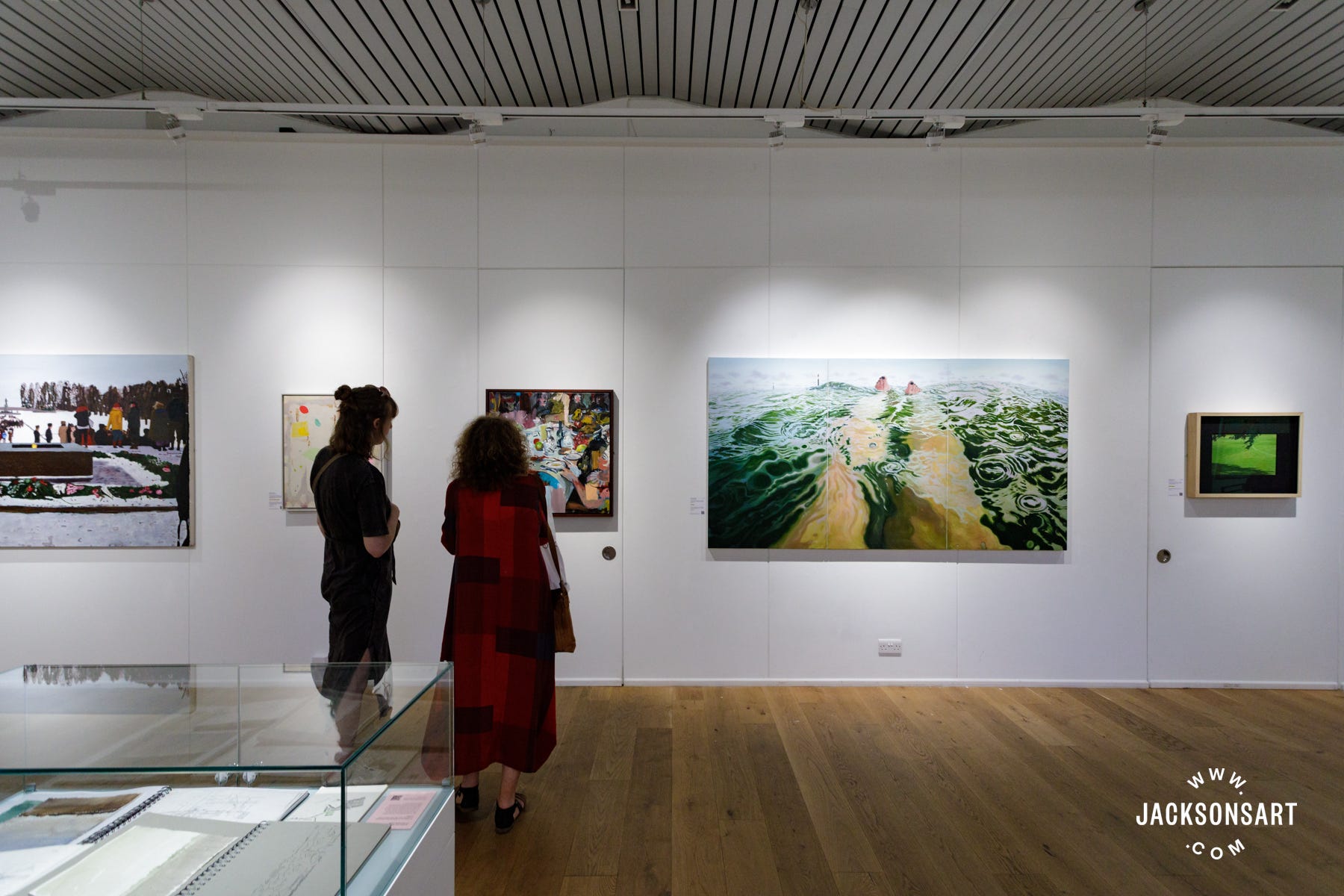
Pricing your artwork can be a real stumbling block for many artists. How do you define your own value? Well, there are various factors to consider, which can help you be more objective. I’m going to highlight some of them, focusing on the specific queries artists have sent in about pricing criteria, how to price originals vs prints, whether prints affect the value of your work, and how to price commissions.
Expert Advice on Pricing Your Artwork
Pricing Criteria
Pricing your art can feel arbitrary when you don’t have a system. And while there is no set formula – if only – you can methodically work through a thought process. I’d like you to ask yourself four questions:
What are my costs?
Calculate the cost of each artwork you make – add the price of materials (inc. shipping), production/printing and any framing/presentation costs. Document these in a spreadsheet. When you sell a piece, deduct the cost price from the sale price, after any sales commission, and see how much your profit is. It can be an eye opener!

What stage am I at?
The experience an artist has is what gives artwork its value – not how long it took them to make. So do a little history check on what you have done to get to this moment. Have you had any formal training? This could be short courses or an MA – anything to show commitment to your practice. Have you had a previous arts-based career? Perhaps you worked as a textile designer, which will have informed the foundations of your work. Have you shown your artwork in public? This could be a group show in a cafe or a full-on solo. Have you been invited to create any commissions? Or have you made any private sales? This will give you a great indication for what people are willing to pay for your work.
What is my selling environment?
Whether you sell your work via Instagram, open studios, markets, art fairs, galleries, or online platforms – research your immediate ‘market’ and territory to check that you’re pricing your art in alignment with your peers. Compare your prices to artists at a similar stage of career/working in a similar medium.
Will someone sell my art on my behalf?
If you would like to sell your work through representatives such as galleries, art consultants, online platforms, or interior designers, it’s no surprise that they will take a sales commission. The uncertainty lies in where that commission comes from. So let’s make it crystal clear that commission is not added on, it’s taken away. Swap the word price for value: once you have determined the value of the work based on the above criteria, the value of the work doesn’t change. Whether it’s in your studio, an open call exhibition or a gallery, it’s always the same. If someone else sells it, they get a piece of the pie. If you sell it, you get the whole pie.

Pricing Originals vs Prints
Reproduction prints can be good bread and butter as well as an opportunity to sell your work at an accessible price point. Just like originals, there are many factors that determine the price of prints. So there is no one size fits all and if your original work fetches high prices but your print runs are A4, open edition on basic paper, the gulf between your prints and originals might be very big. Ask yourself – what is the process and paper stock? How much has it cost you to print each piece? Is it limited edition or open edition? How many are in the edition? Is it a variable edition? Are they hand-finished in any way? Are they signed and numbered by hand? Essentially, the rarer the print, the higher the price.
Do Prints Affect the Value of My Originals?
Prints don’t inherently affect the value of original artwork – or Monet’s stock would be down for the amount of tea towels sold in gift shops – but you do need to think about the quality of the prints and whether you are inviting people to buy your prints over your originals. There is no right or wrong, only what works within the context of your intentions as an artist. These choices affect the overall impression of your work so you want to make decisions with your eyes open. More on this in a future article.

Pricing Commissions vs Original Artworks
Working out how to price your artwork for commission invites further consideration. This is no longer you freely expressing yourself to your heart’s content – this is a person or company asking you to create something specific based on a brief. This requires more work by way of communication, research, testing, revisions etc. Therefore it should come at a higher price tag. This is where your time can be factored in as you are providing a service in addition to your work. So think of it as a service charge. I recommend adding anything from 10-25% on top of what you would normally charge for a piece of work of that scale. This percentage depends on the level of extra work it will entail – or the level of involvement from the client. Basic things include size, palette and general style. If that’s all they require then you can charge 10-15% more. If they want specific subject matter with reference imagery, site-specific form/dimensions or a style based on an old body of work then add 20-25%. You also need to assess how much you are offering in terms of communication and revisions. Do you provide a consultation? Working drawings? At what point can they make changes, if any?
Tip: Don’t itemise the ‘service charge’ as an extra on the invoice, that’s for your calculations only. Offer one sum in your initial quote and always receive 50% before you begin.
So as you can see there are many factors that determine how to price your artwork. It’s different for everyone so work through these questions and stay curious – until the point where you feel confident in your value and then stay strong.
Further Reading
Expert Advice on Making Your Way as an Artist
Getting the Best Inkjet Prints on Digital Fine Art Paper
Art Fair Checklist for Artists
The Mental Health Benefits of Creating Art
Shop Art Materials on jacksonsart.com
Trending Products



